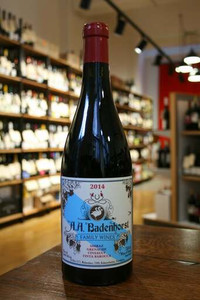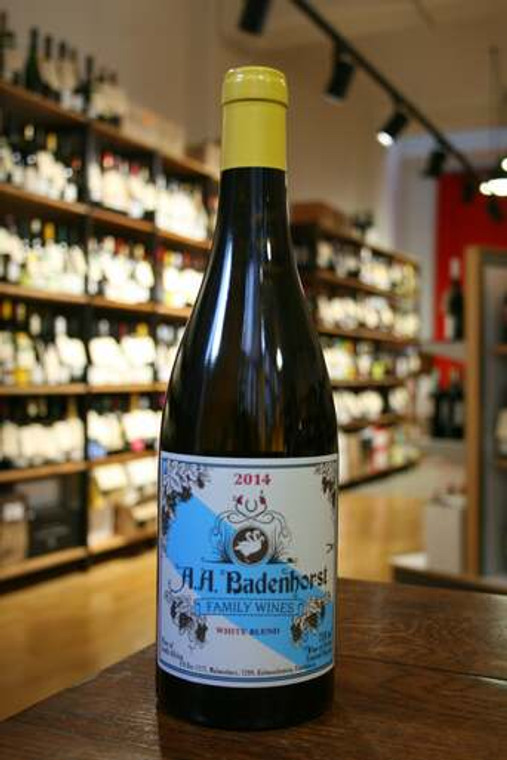
"The aromas are very complex and change considerably in the glass. Perfume, spice, tea, stone fruit and citrus blossoms are some of the notes that can be detected. In the mouth the texture and ripeness and gentle tannins result in a wine that has incredible length and complex flavour profile."
AA Badenhorst
Rhone White Blend
Swartland
Traditionally a grain-producing area, in summer the Swartland district is marked by green pockets of vineyards clambering up the foothills of the mountains (Piketberg, Porterville, Riebeek and Perdeberg) and along the banks of the Berg River. In the past, the region was planted mainly to bushvines but trellising is increasingly being adopted due to advances in management strategies and quality considerations.
The Swartland literally translated means ‘the black land’ and the area takes its name from the now endangered indigenous renosterbos (rhino bush) which once turned the landscape a dark colour at certain times of the year. The district was traditionally a source of robust, full-bodied red wines and high quality, fortified wines. The Swartland Independent Producers (SIP) is a coming together of a group of like-minded producers working to express a true sense of place in the wines of the Swartland.
In recent times, some exciting award-winning wines have emerged, both red and white, and the area continues to produce top port-style wines. Increasing percentages of Pinotage, Shiraz and Cabernet Sauvignon are being grown here, as well as Chardonnay, Chenin Blanc and Sauvignon Blanc. It has five designated wards: Malmesbury, Paardeberg, Paardeberg-South, Riebeekberg and Riebeeksrivier. The district of Swartland borders Piketberg to the north, which is not dissimilar in both geography and climate.








